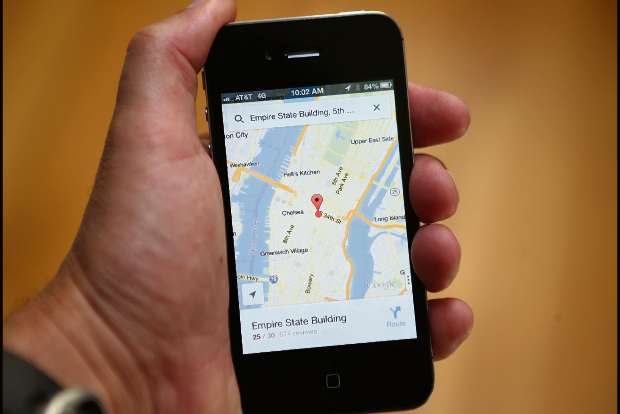Begin typing your search...
Driving, transit alerts arrive on Google Maps to ease your travel
Maps will also have driving alerts to notify users about Covid-19 checkpoints and restrictions along the route, like when crossing national borders.

San Francisco
Google has introduced new Covid-19 safety features in its Maps like transit alerts and driving alerts so that users can be notified well in advance if the route they are taking is impacted by Covid-19 related restrictions or not.
Google Maps on Android and iOS will now show relevant alerts from local transit agencies to help travellers prepare accordingly if government mandates impact transit services or require them to wear a mask on public transportation.
"Transit alerts are rolling out in Argentina, Australia, Belgium, Brazil, Colombia, France, India, Mexico, Netherlands, Spain, Thailand, United Kingdom and the US where we have information from local transit agencies, with more coming soon," said Ramesh Nagarajan, Product Management Director, Google Maps.
Maps will also have driving alerts to notify users about Covid-19 checkpoints and restrictions along the route, like when crossing national borders.
"You'll see an alert on the directions screen and after starting navigation if your route is impacted by these restrictions. The feature is starting first in Canada, Mexico and the US," Nagarajan added.
When navigating to medical facilities or Covid-19 testing centres, Google display an alert reminding users to verify eligibility and facility guidelines to avoid being turned away or causing additional strain on the local healthcare system.
Starting this week, alerts for medical facilities will be available in Indonesia, Israel, the Philippines, South Korea, and the US, and testing centre alerts will be available in the US.
The tech giant introduced crowdedness predictions for public transit in Google Maps last year.
These predictions help people see how crowded a particular bus line or train tends to be.
"We're now making it simpler for people to contribute crowdedness information for their transit lines. Look up Directions, tap through to see the Transit Details, then scroll down to find crowdedness predictions (where available) and easily contribute your own experiences," said Google.
Additionally, Google has announced new insights like temperature, accessibility and security onboard, as well as designated women's sections in regions where transit systems have them.
"These insights are now rolled out globally. To help wheelchair users, we've added more granular accessibility information for people to find and contribute, including where there are wheelchair accessible doors, seating, stop buttons and more," Google informed.
Starting from Tuesday, Maps users can see the times when a transit station is historically more or less busy to plan the trip accordingly or they can look at live data showing how busy it is right now compared to its usual level of activity.
Visit news.dtnext.in to explore our interactive epaper!
Download the DT Next app for more exciting features!
Click here for iOS
Click here for Android
Next Story



